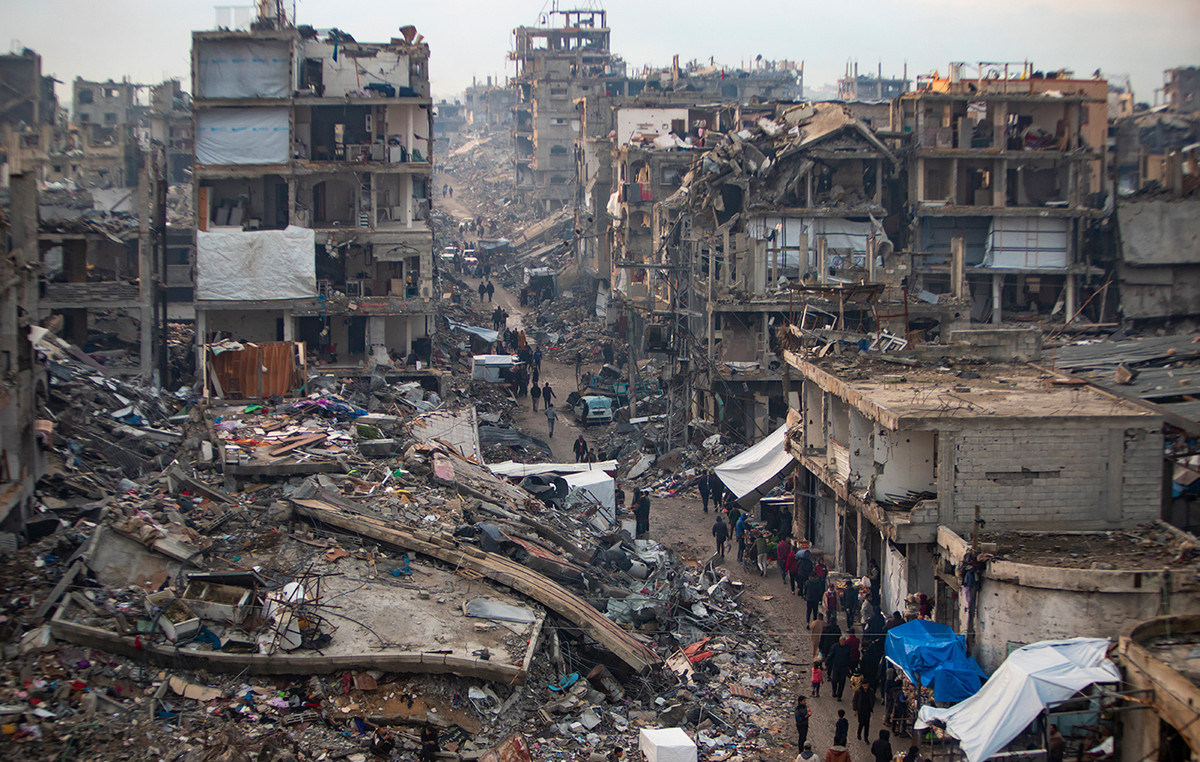Printing the baby’s face in 3D has revolutionized the experience of pregnant women and family members with visual impairments. After all, this way, the blind person can have the opportunity to monitor their child’s development and get to know them through touch.
This was the case of Mellina Reis, 40 years old, who is blind and pregnant for the first time. An ultrasound carried out at 26 weeks of gestation, on November 8th of this year, was digitally replicated and, thus, she had the opportunity to feel Sofia’s face.
“For my mother and my husband, who are participating in the ultrasound there, they are watching. I know what they are describing to me, but our way of seeing (when the person is blind) is by touching,” she said, emotionally.
Through social media, the tourism specialist is known for her profile 4 Patas pelo Mundo. She describes her adventures alongside her guide dog named Hilary, as well as covering topics such as accessibility. Now, she has also shared her experiences as a pregnant and visually impaired person.
“Being able to touch and create my daughter’s face through touch is very important. Being able to feel what my daughter’s face looks like while still inside my womb. It was something very exciting. The project allowed me to have this incredible experience”, said Mellina after receiving from her husband, administrator Renato Durval, the 3D print of the girl’s face, whose birth is scheduled for February 2024.
One of the project’s creators is gynecologist and obstetrician Heron Werner, a specialist in fetal medicine at Alta Diagnósticos, a brand belonging to Dasa, an integrated healthcare network in Brazil. According to him, the idea arose from a partnership established between the Imaging Diagnostic Clinic (CDPI/Dasa) and the Pontifical Catholic University of Rio de Janeiro (PUC-Rio). Printing for the disabled, through the Feto 3D Project, began in 2011.
“We carry out research in the area of obtaining images in non-invasive ways in medical examinations, aiming at three-dimensional replication in a physical environment using 3D printers. In this process, we began to study the applicability of 3D printing to fetal medicine with the aim of connecting visually impaired people with their babies before they are even born”, says Werner.
In addition to providing ultrasound for visually impaired couples, the impression of fetuses is important for routine postnatal surgeries. “With 3D models, it is possible to plan surgeries for babies with some type of malformation and who need to be operated on shortly after birth or within a few months of life,” says the doctor.
The possibility of immortalizing the baby’s development is available at Alta Diagnóstico units in São Paulo and Rio de Janeiro. Previously, only people with disabilities had access. Since the beginning of the year, however, the possibility of purchasing 3D printing has expanded.
To do this, the patient needs to undergo an ultrasound as part of her prenatal routine between the 26th and 32nd week and it is important that the baby’s face is visible during the examination.
After completing the exam, the image goes to be printed at the Dasa/PUC-Rio Biodesign Laboratory and the deadline for receipt is seven working days. The cost is R$350. In the case of visually impaired people, 3D printing is free.
Linked to the Faculty’s Department of Arts and Design (PUC-Rio), the Dasa Biodesign Laboratory intends to advance research into 3D technologies in the area of fetal medicine and also in neurology, cardiology, orthopedics and transplants.
See the moment:
Source: CNN Brasil
I am an experienced journalist and writer with a career in the news industry. My focus is on covering Top News stories for World Stock Market, where I provide comprehensive analysis and commentary on markets around the world. I have expertise in writing both long-form articles and shorter pieces that deliver timely, relevant updates to readers.







